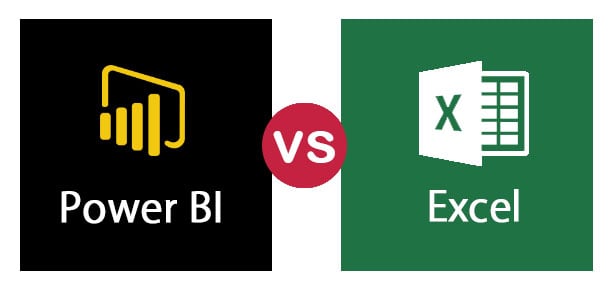

- Data analysis with excel vs python how to#
- Data analysis with excel vs python code#
- Data analysis with excel vs python professional#
This is not a mathematics lecture, but a practical course
Data analysis with excel vs python professional#
You do not need to be a professional programmer or have experience in data analysis.
Data analysis with excel vs python how to#
Knowledge of Python will give you a better understanding of these tools, but is not necessary if you want to learn how to use them.
Data analysis with excel vs python code#
This is not a programming-only course, so if you want to learn how to write programs and read code freely, you can also take our Learning to Program in Python course or our short course Scripting in Python, but this is not required to get started. We will go through just enough of it to get to grips with using the tools. You do not need to be able to program or know Python (although you will get more out of the course if you know the basics of programming).ĭuring the course, we will focus on learning about data analysis tools, not on Python itself. This course, starting from scratch, will teach you how to use packages dedicated to data analysis in Python. Apart from analysing data, it allows you to easily download, process and export it both as a report and as an input file for other applications (e.g. It is not as powerful as Google's TensorFlow or Facebook's PyTorch, but its ease of use, openness and the many algorithms available, make it the first choice for most analysts using Python.

As a result, you don't need to be a specialist to process more data and draw more accurate conclusions from it, and you can achieve results faster than if it was done by a human. The emergence of simple (and often free) tools for data analysis makes it possible for any company or individual to apply the same methods.Īccessible, ready-made solutions for machine learning have allowed even novice analysts to skip the tedious process of searching for hidden regularities and therefore achieve results previously only available to experienced statisticians. Until recently, only large analytical companies were hired for this purpose, and only the largest market players could afford their services. Drawing conclusions from available data is increasingly becoming the primary method of decision-making. format ( account ) else : Range ( 'A5' ). fullname ), 'pbp_proj.db' ) engine = create_engine ( r "sqlite:/// ". caller () # Connect to sqlite db db_file = os. Import pandas as pd from sqlalchemy import create_engine from xlwings import Workbook, Range import os def summarize_sales (): """ Retrieve the account number and date ranges from the Excel sheet Read in the data from the sqlite database, then manipulate and return it to excel """ # Make a connection to the calling Excel file wb = Workbook.


 0 kommentar(er)
0 kommentar(er)
